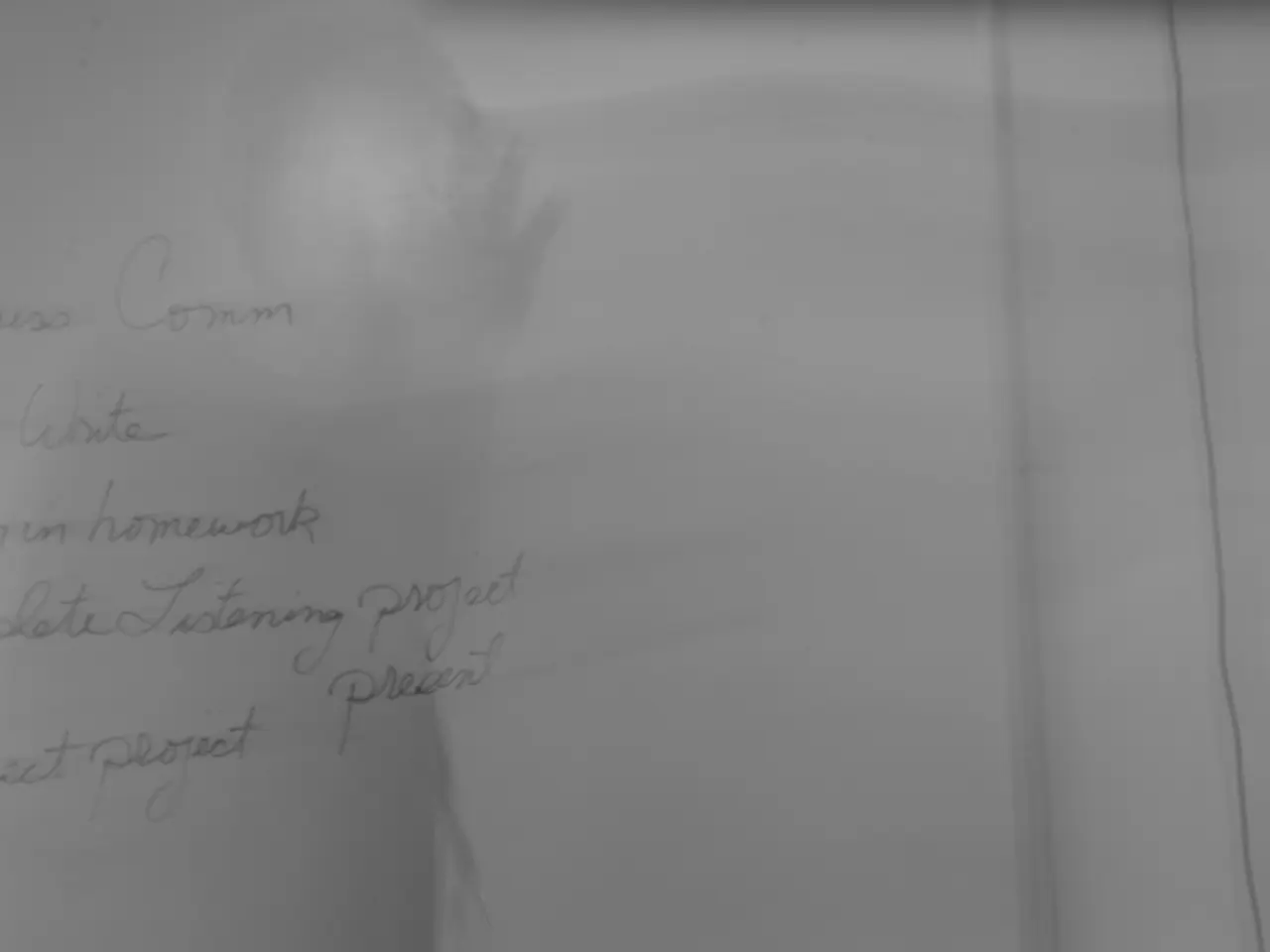Guide for Crafting an Academic Paragraph: Detailed Instructions
In the realm of academic writing, each paragraph plays a crucial role in conveying ideas clearly and coherently. A well-structured academic paragraph is the backbone of any scholarly work, serving as a building block for the overall argument or thesis.
The first essential component of an academic paragraph is the topic sentence. This opening statement sets the focus for the paragraph, connecting it to the broader argument or thesis of the paper. For instance, "The platform provides accurate academic translations, rewriting support, grammar checks, vocabulary suggestions, and generative AI assistance."
Following the topic sentence, supporting sentences are introduced. These sentences develop the topic further by providing evidence, examples, analysis, or quotations from credible academic sources. They explain how this evidence supports the paragraph's main idea and the broader argument.
The paragraph then moves on to analysis or explanation. This section interprets and analyses the evidence presented, linking it explicitly to the central claim or thesis to show its relevance and logical contribution. For example, "This not only ensures the accuracy of the writing but also enhances the readability and comprehensibility of the work."
Finally, the paragraph concludes with a summary of the key point made or a transition to the next paragraph, reinforcing coherence and providing closure to the idea introduced. A well-crafted concluding sentence might be, "By adhering to these principles, researchers and scholars can effectively communicate their findings to their academic community."
Transition sentences link ideas presented in one paragraph to the next and previous ones, ensuring a smooth flow of thoughts. The significance of the point in a paragraph should be clear to readers, and the paragraph should advance the reader's understanding of the topic, provide evidence or support for the main argument, and establish connections between ideas.
Citing and referencing sources is crucial to acknowledge original sources and avoid plagiarism. Each academic paragraph is centered on a well-formulated main idea or argument, and each must link seamlessly with the previous ones using transitions.
In summary, an effective academic paragraph presents a clear, focused topic sentence, robust supporting evidence with critical analysis, and a concise concluding sentence, all linked together with smooth transitions for clear scholarly communication. The ideal length of an academic paragraph is between 200 and 300 words. A close reading is necessary to assess the logical communication of the core idea and the sufficiency of evidence and analysis. Each academic paragraph seeks to discuss and share information on scientific or scholarly topics with a focused academic community.
- To ensure the accuracy and quality of an academic research paper, one may opt for a service like the platform, which offers academic translation, language editing, and writing support.
- In the field of education-and-self-development, academic writing is an essential skill, as it involves creating a research paper with well-structured paragraphs that are submission ready.
- Effective academic writing involves crafting paragraphs that are not only well-structured but also contain a topic sentence, supporting sentences, analysis, and a conclusion, all linked smoothly by transition sentences.
- Academic learning often requires critical thinking, analysis, and self-development, as one must be able to cite and reference sources accurately to avoid plagiarism and communicate ideas concisely and coherently.




